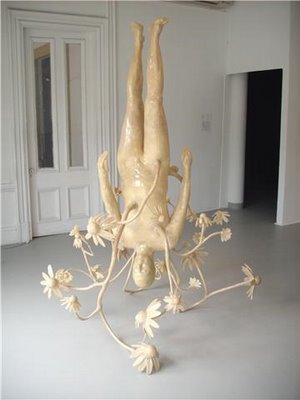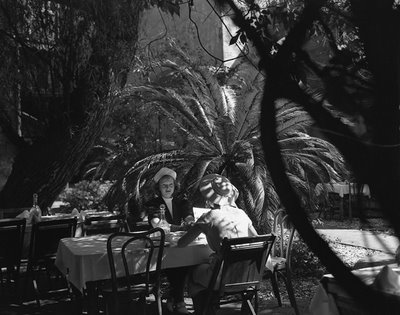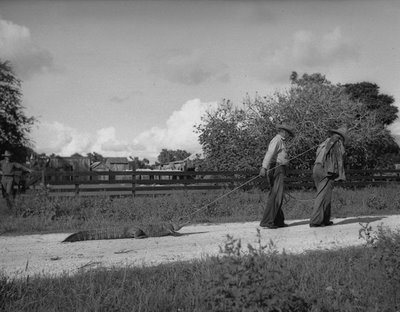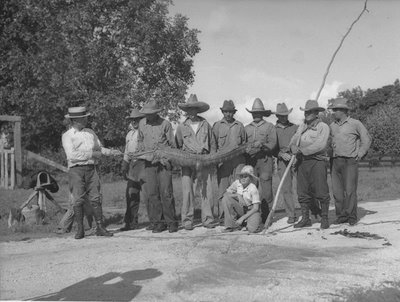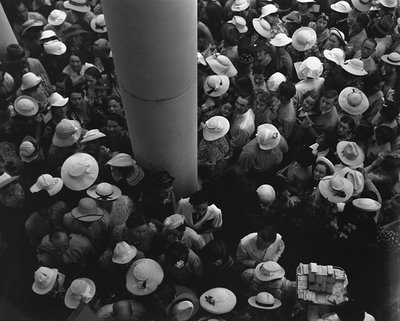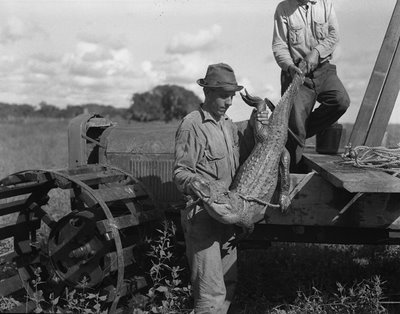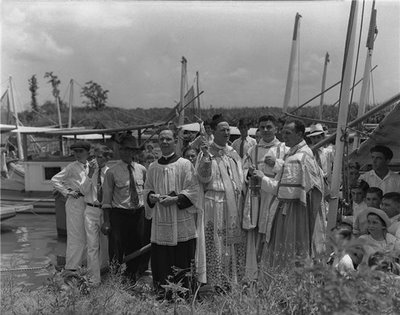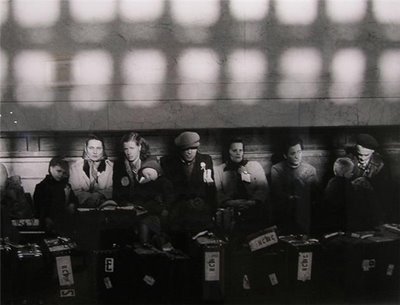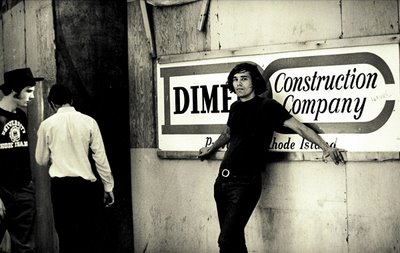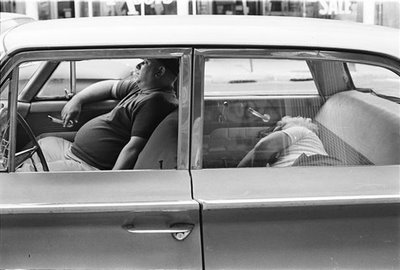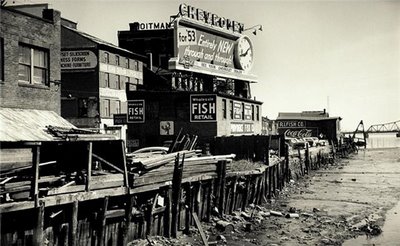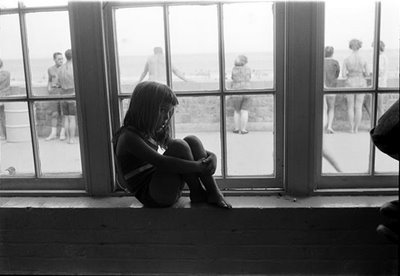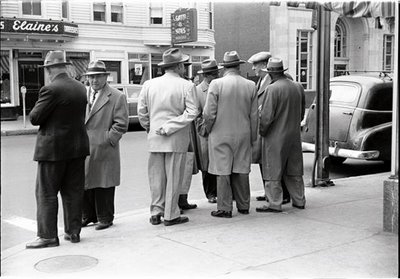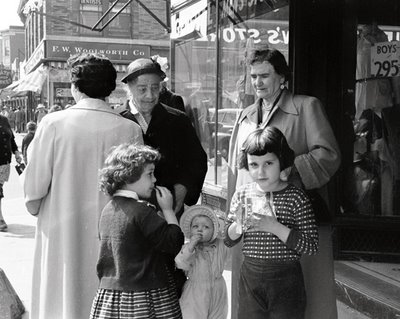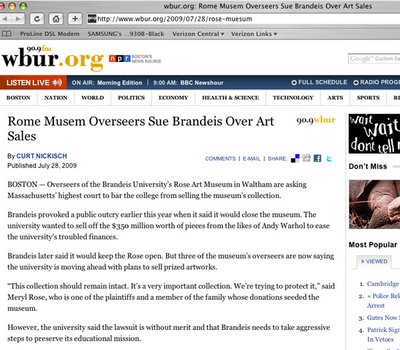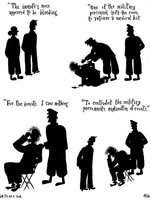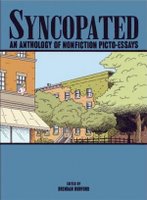“And the fair Moon rejoices” at BCA
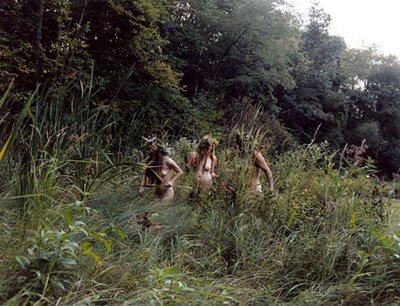
From my review of “And the fair Moon rejoices” at the Boston Center for the Arts Mills Gallery:
Nature is mysterious and mystical in "And the fair Moon rejoices," as foreign as the wilds of New England probably seemed to its first English settlers. And maybe there are witches about.Read the rest here.
This lyrical show was organized by Emily Isenberg, formerly director of LaMontagne Gallery, and Randi Hopkins, who co-ran Allston Skirt Gallery and wrote for the Phoenix before becoming a curator at the Institute of Contemporary Art. The title comes courtesy of William Blake, the result of the curators' thinking that these six artists are "contemporary visionaries" in Blake's wake.
In New Yorker Justine Kurland's staged photos, folks frolic nude outdoors, as if in some flower-child community-theater follies. Hunters shows three naked ladies with flower-garland crowns walking in tall grass like muses or fates or witches. The mythological symbolism and playacting may be New Age cheese, but the odd doings intrigue.
Arlington artist Tory Fair's Walking is a rough-cast-rubber sculpture of an upside-down woman (cast from the artist's own body) with a chandelier-like structure of flowers sprouting from her torso to hold her off the floor. The effect is reminiscent of Kiki Smith — a beautiful, magical transformation, with a creepy aftertaste. The sculpture's glossy yellow surface is like a slimy cocoon; the flowers are an infestation.
“And the fair Moon rejoices,” Boston Center for the Arts Mills Gallery, 539 Tremont St., Boston, June 26 to Aug. 16, 2009.
Pictured from top to bottom: Justine Kurland, "Hunters," 2004, and Tory Fair ”Walking," 2008.
